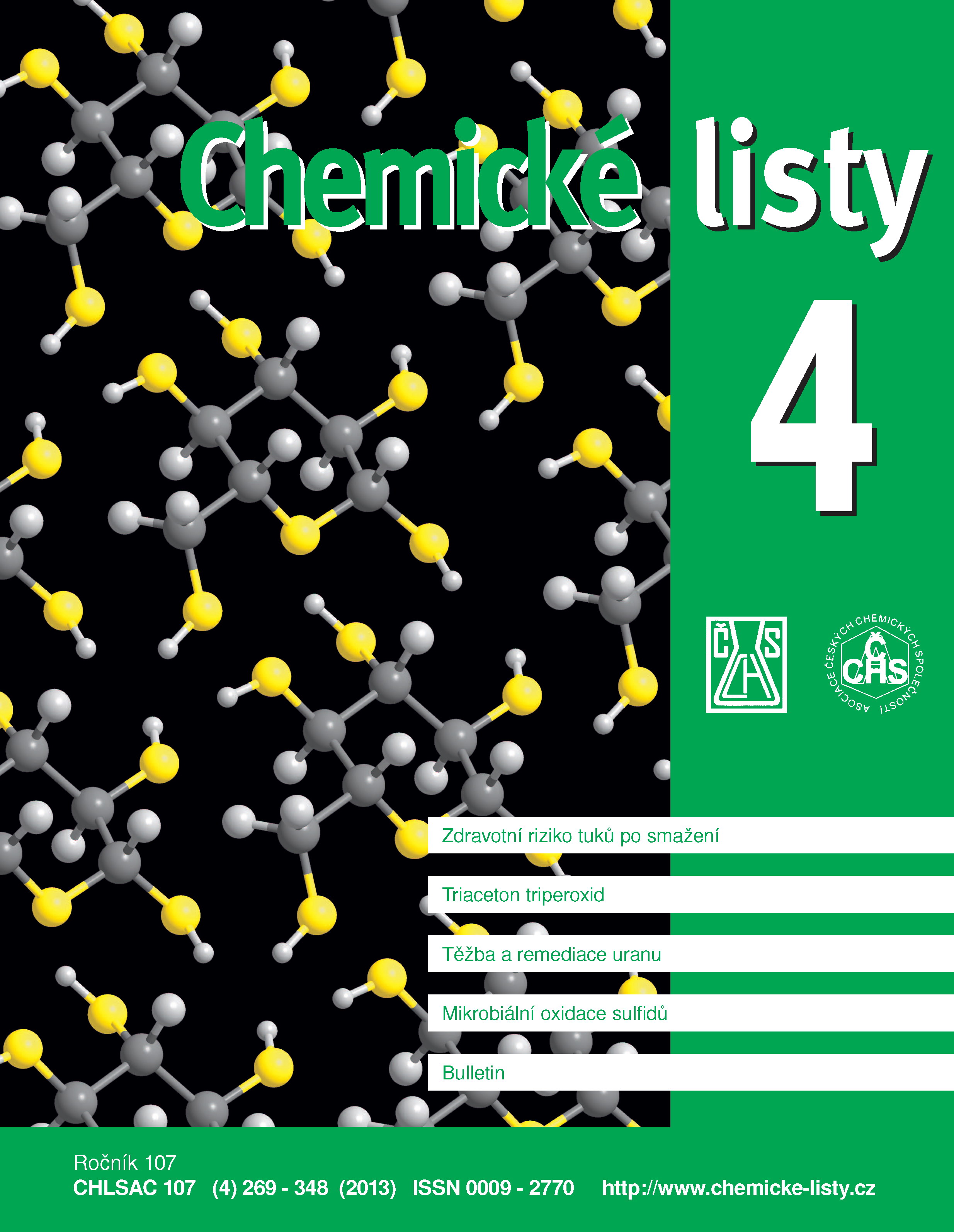Visualisation and Analysis of Diffusion Processes at the Mineral-Water Phase Boundary
Keywords:
holographic interferometry, diffusion coefficient, dissolution constant, gypsumAbstract
The article describes visualisation and analysis of diffusion processes using holographic interferometry. We investigated the process of dissolution and diffusion of gypsum in distilled water using holography and calculated the dissolution and diffusion rate constants. The values were not obtained as mean values of a number of measurements far away from the substance surface, as it is in majority of standard macroscopic measurements, but they were obtained directly by the experiment. The used method of holographic interferometry displayed particularly the area where diffusion occurred. It visualised the whole field of macro-cuvette integrally which is a great advantage of the method. This method made it possible to observe diffusion process around the gypsum crystal in real time. We calculated the values which characterise microscopic transmission velocity in the interface of a mineral and water.
Dissolution of gypsum took place at the bottom of the macrocuvette. To evaluate the concentration along the vertical coordinate as the function of time Fick´s 2nd law was used. By comparing the measured values with the theoretical curve, the values msat = 11 mmol kg–1, diffusion coefficient D = 2.581·10–10 m2 s–1, dissolution rate constant k = 3.242·10–5 mol m–2 s–1 at 25 °C were determined.





